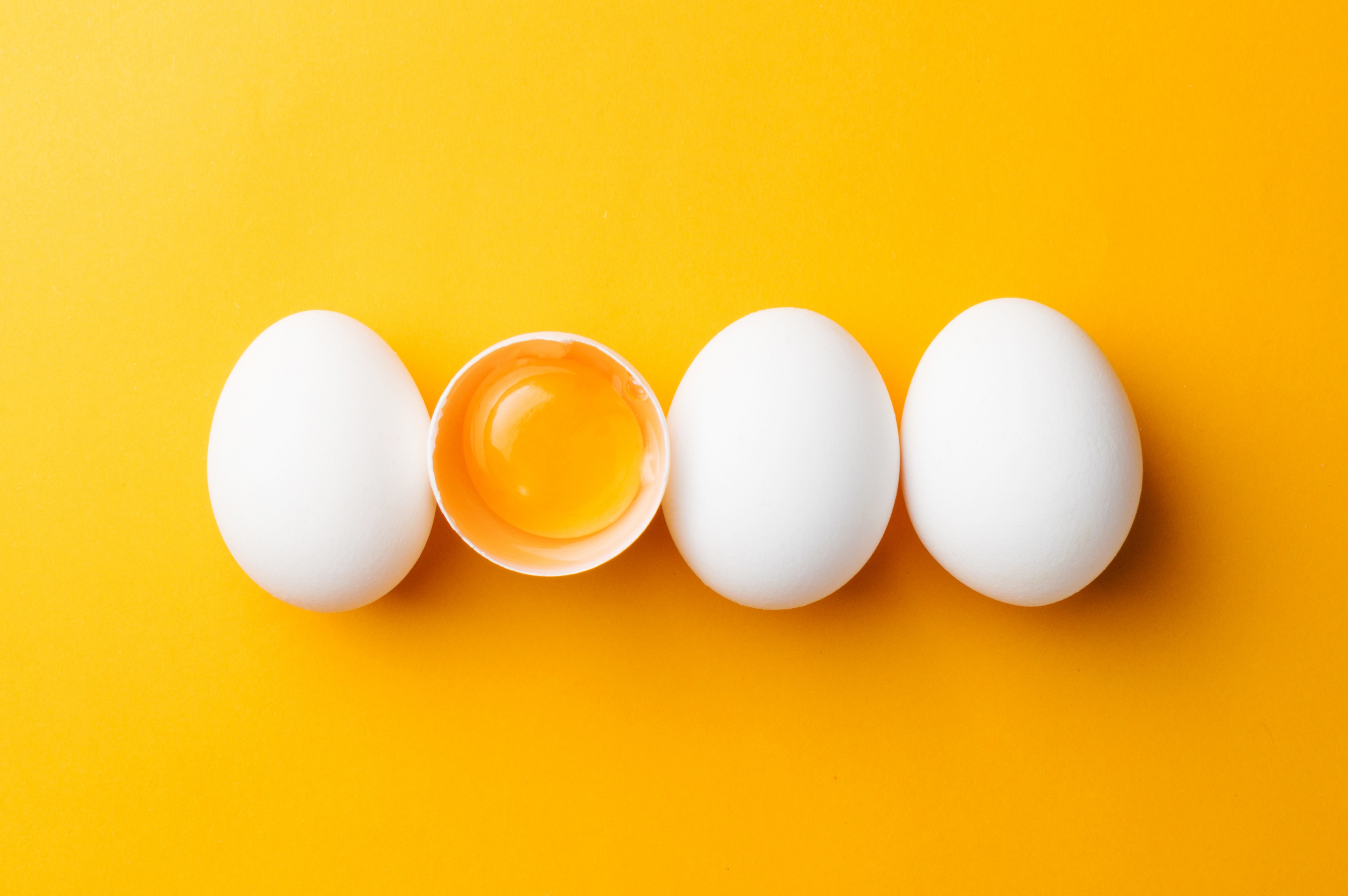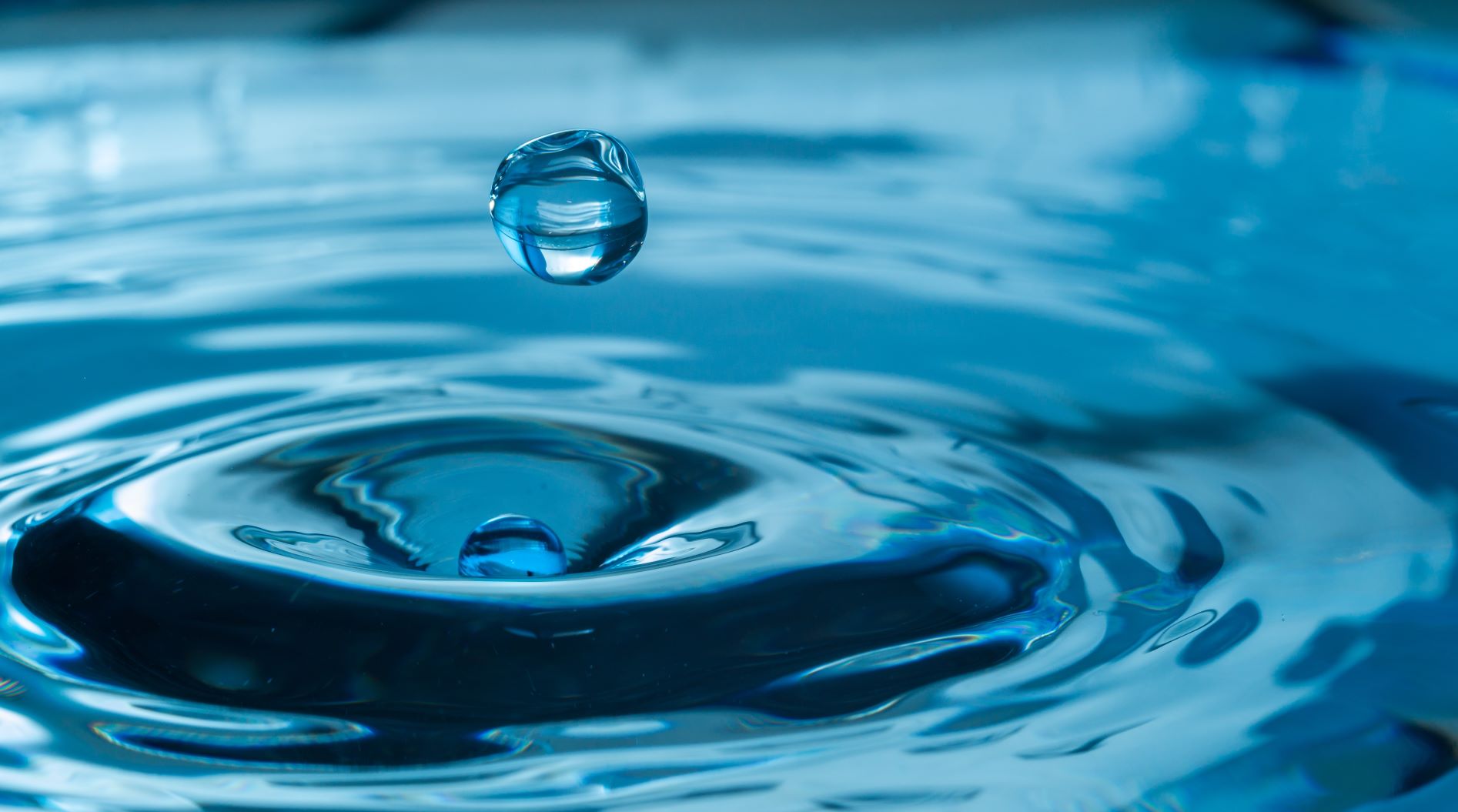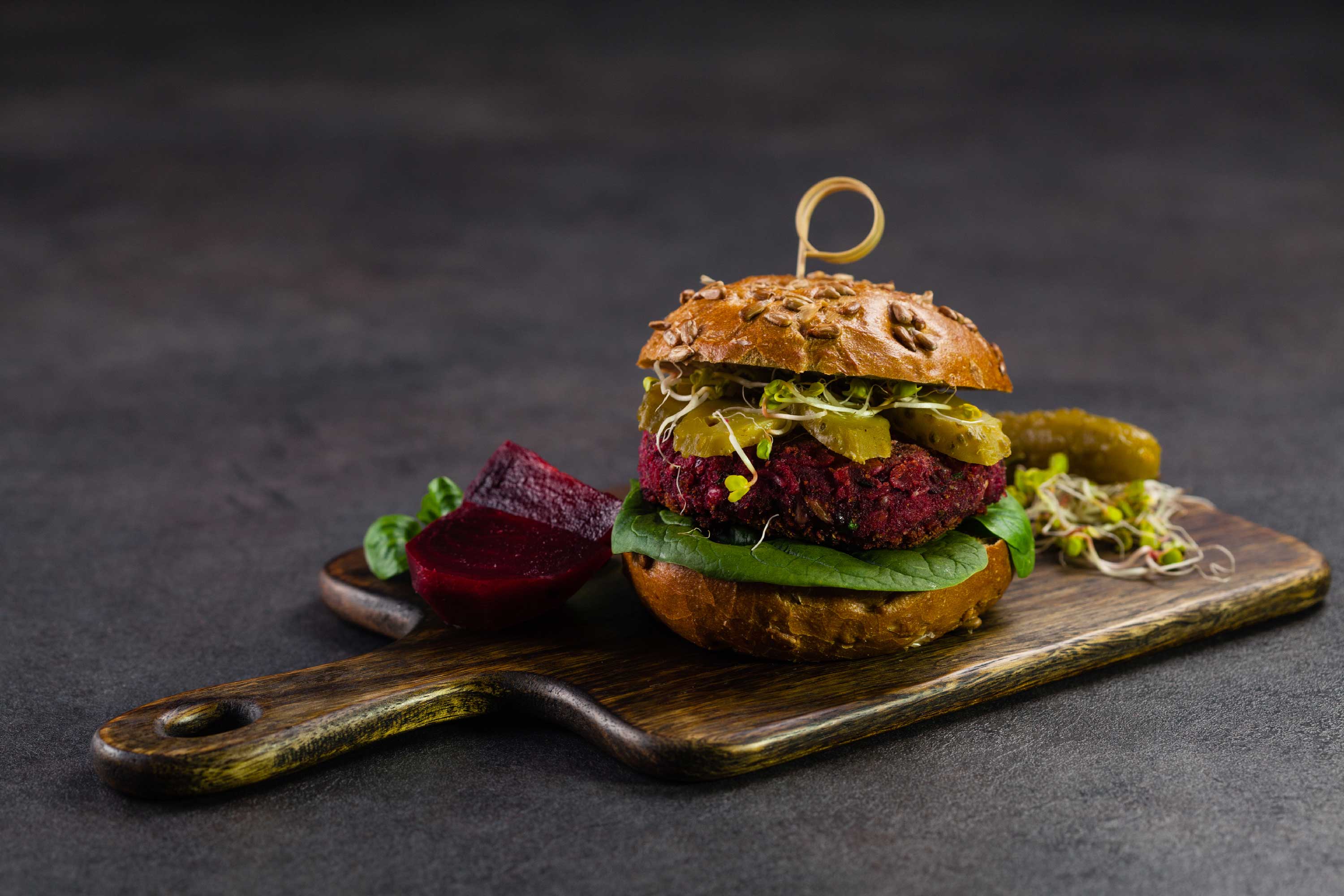Ab ovo, or from the egg

We will not settle in this text what came first – the chicken or the egg. However, we will answer many questions about eggs, so that at the Easter table you can not only enjoy their taste, but also have some interesting facts about them to share.
As counted by the Central Statistical Office (GUS), the average Pole eats 157 eggs a year (data from 2020). By far the most – at Easter (about 15 pieces).
Poland in general is an egg powerhouse. Our country produced 10 billion eggs in 2020. We are their third largest producer in the European Union, after Spain and Germany, accounting for 17 per cent of EU production. There are two particularly egg-rich regions in our country – Wielkopolska and Mazovia, which together account for 56 per cent of production.
According to FAO data, egg production has been increasing by 3 per cent every year for the past two decades, with almost 87 million tonnes produced in 2020! Most in China (34 per cent), the United States (8 per cent) and the European Union (7 per cent). In terms of consumption, Mexico leads the way, with its people eating more than 400 eggs a year!
Let’s start with the hen
We write about production, yet it is well known that the only egg producers are hens. (In this text we focus on hen eggs, although of course you can also eat those from quail or ostrich). So how does it happen that an egg is formed?
In the beginning, there is one egg cell, which matures and when it reaches the size of the future yolk (yes, it is still one cell), it goes from the ovary into the hen’s oviduct. Here it can be fertilised, although there are no embryos in farm eggs. If it happens that two cells leave the ovary at the same time, the future egg will have two yolks.
In the oviduct, the so-called egg ball is surrounded by layers of protein. The one closer to the yolk is dense, as it is meant to shield it and prevent it from moving around in the shell. It also forms two twists, protein cords, which hold the yolk in place. The second layer of protein is thinner and is meant to absorb shocks. Moving on, the egg enters the uterus – where it is covered by a double parchment membrane (you will surely associate it with the peeling of an egg). When the egg is laid, the membranes separate, forming an air chamber at the blunt end of the shell – you will also be familiar with this. The shell forms in the uterus and this is the longest stage of egg formation. The shell is porous, with up to 16,000 of pores, and this is so that the chick can breathe. The shell also colours and slowly the egg is ready to lay. It just needs to turn over and can be laid straight away.
Nutritional bomb
A bird’s egg must provide the embryo with nutrients for the time from fertilisation to hatching, so it is no surprise that it is also a source of many vitamins and minerals for us.
– Eggs are a good source of proteins, explains Dr Justyna Bylinowska, editor of dietetycy.org.pl. – Egg whites contain all the essential amino acids necessary for humans. Scientific studies use egg white as a so-called reference protein. In addition, eggs contain iron, sulphur, B-group vitamins, vitamins A, E and D. Among other things, the product provides choline, lutein and also zeaxanthin, she adds.
One 50 g egg contains 75 kcal. Seemingly not much, but we rarely eat it alone. – An egg served with a spoonful of mayonnaise is already about 250 kcal, the equivalent of a popular peanut bar. Therefore, if we want to be slim, we should eat boiled eggs, poached eggs, omelettes or scrambled eggs prepared without fat,” explains Dr Justyna Bylinowska.
As she adds, we can safely eat 1-2 eggs a day, at least that is what the World Health Organisation recommends. However, we need to take into account that this also includes eggs as ingredients in many dishes, such as cakes.
What about cholesterol? – many people will ask, because this compound acts as an egg bogeyman. Too much of it can lead to atherosclerosis, heart disease or stroke. Indeed, the average egg contains 170-185 mg of cholesterol, and daily consumption should not exceed 300 mg. Doctors and nutritionists reassure, however, that a healthy person need not be afraid of eating eggs, provided that they do not exceed their recommended intake.
– People who are not diagnosed with allergies can eat eggs regularly. Due to their iron content, they add variety to the diet of people suffering from anaemia, and are a beneficial product in the diet of children, seniors and physically active people,” explains Dr Bylinowska, adding that people with an allergy to egg white, people on dialysis or suffering from gout should be wary of eggs.
Ones, twos, threes
Every egg sold in the EU must be stamped with an 11-character code. This does not apply only to eggs laid by hens on small farms of up to 50 laying hens. The code tells us which farm the egg comes from and under what conditions the laying hen lived.
The first digit tells us under which farming system the egg was produced. There are four options here:
0 – the so-called ‘zero eggs’ come from organically reared hens. The birds are fed with natural food, free of antibiotics and have access to an open-air run;
1 – eggs from free-range hens. As the name suggests, the laying hens are housed in open conditions, confined to the henhouse for the night. They are fed with feed of natural origin, but this is not subject to as much control as in the case of organic hens;
2 – barn rearing. The hens do not go outside, spending their entire lives indoors – but they can move around. They are fed with feed which may be enriched with additives, e.g. to accelerate weight gain;
3 – cage rearing, the most popular in Poland, but also the least humane. Hens spend their entire lives in small cages, fed artificially enriched feed.
The letters just behind one of these numbers indicate the country in which the hen that laid the egg lived, and the subsequent numbers are the farm’s veterinary identification number (province, district, scope and type of activity and producer number).
On the packaging of the eggs, you will also find information about their quality (only A is approved for trade) and size classes (S-XL), as well as their shelf life.
Not the most fresh
The taste of an egg depends on what the hen has been fed, as well as the conditions under which it was raised. The healthiest eggs are laid by green-legged hens. This is a Polish breed that can only be reared in small flocks and in an organic way – they will not survive in a confined space. Green-legged eggs contain less cholesterol and allergens compared to those laid by other breeds.
The colour of the yolk tells us nothing about the taste of the egg (the hen has simply eaten more corn), let alone the shell.
Eggs stay fresh for up to 28 days after laying. There are several ways to know if it is still fresh. Firstly, it’s worth looking at the shell. It should be rough, not smooth and shiny. Secondly, put the egg in cold water. If it sinks to the bottom, it means it is fresh, if it floats – it is better not to eat it anymore. The third way is to break the egg – if the yolk and white adhere tightly to each other, it is good. If they float – it is better not to eat the egg any more.
If you boil an egg and want it to peel easily, it is best not to choose the freshest one – this surprising information was shared by Tomasz Szablewski, PhD, from the Department of Quality Management and Food Safety at the Poznań University of Life Sciences, the guest of the podcast “About Technology Out Loud”.
– ‘Eggs immediately after laying have a pH of about 7, which is neutral,’ he explained. – As the eggs are stored, their pH increases. Keratin is responsible for maintaining integrity, holding the membrane under the shell. With increased pH, this integrity weakens, which is why these eggs peel more easily.
The eggs we buy are usually already about a week old, so we can safely boil them. It is also worth adding salt to them. – It will increase the density of the water, and if the egg is damaged or has a cracked shell, it will prevent the egg white from leaking out. The water will also boil faster,” said Dr Tomasz Szablewski. The entire podcast about chemical reactions occurring in the kitchen is available here (in Polish).
Zero waste egg
When we peel an egg, we mostly throw away the shells, and they are also a valuable material. For example, they are useful as a fertiliser for plants, especially those that like alkaline soils (e.g. Mediterranean plants, most vegetables and fruits, tulips, peonies, roses, chrysanthemums or dogwoods). They deacidify the soil, prevent flower rot and repel slugs.
Researchers from Łukasiewicz – PIT and the Poznań University of Life Sciences, together with the Podkarpackie Poultry Farm OVO-RES Sp. z o.o., are working on a technology for managing eggs that have been damaged or are unsuitable for packaging and sale because of their weak shells (such eggs are considered waste). The technology they have developed will make it possible to produce egg mass or egg white and yolk separately with an extended shelf life. Pasteurised egg mass will be available for use in, for example, ice cream parlours or confectionery.




